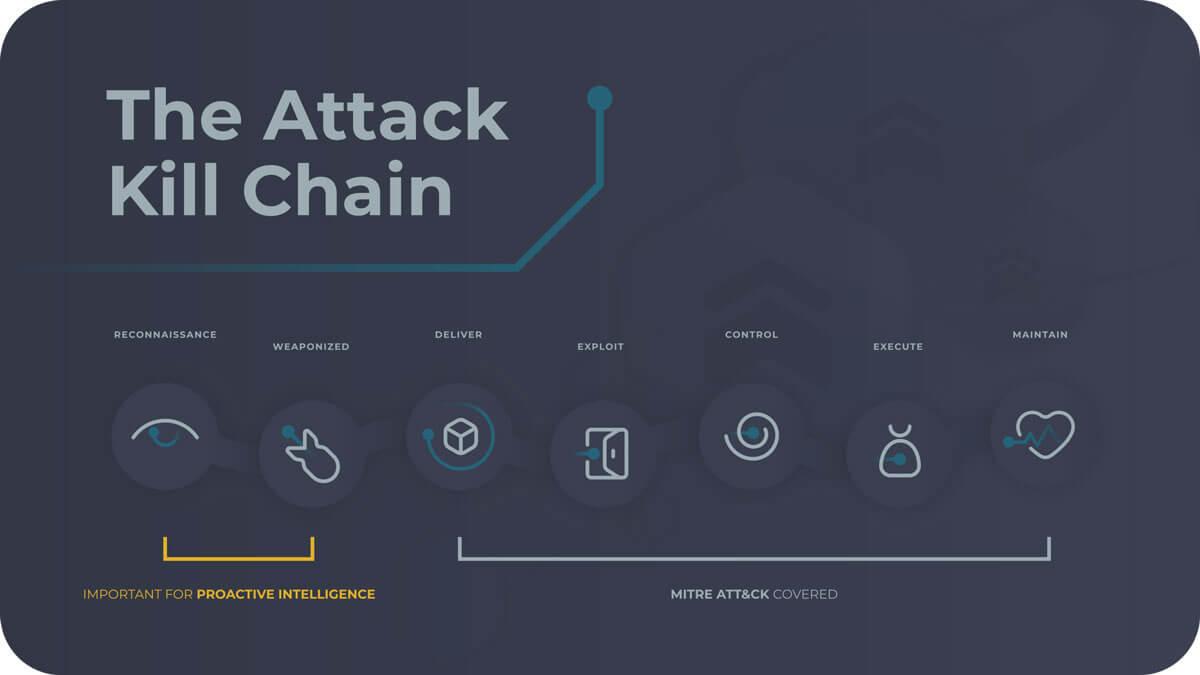Table of Contents
- Understanding the Dynamics of Domain Selling
- Identifying High-Value Domains to Maximize Returns
- Crafting an Appealing Domain Listing for Potential Buyers
- Leveraging Marketplaces and Auctions for Effective Sales
- Navigating Legal Considerations in Domain Transactions
- Q&A
- Insights and Conclusions


Understanding the Dynamics of Domain Selling
The world of domain selling is a complex landscape marked by fluctuations in value influenced by various factors. Understanding these dynamics is crucial for sellers aiming to maximize their profits. Domain attributes play an integral role, with key elements like the length of the name, the presence of keywords, and the domain’s history directly impacting its marketability. Shorter, simpler domain names often fetch higher prices, while names that include popular keywords may attract more buyers due to their potential for search engine optimization.
Equally important are the market trends that can dictate demand. Just as in traditional markets, the value of domain names can fluctuate based on industry shifts and technological advancements. For instance, domains related to emerging technologies or trending sectors often see a spike in interest. Sellers need to stay informed about these trends to anticipate potential buyers’ needs, ensuring that their offerings resonate with current market demands.
An effective strategy for selling domains involves cultivating a network of potential buyers. Engaging with communities, participating in online forums, and utilizing social media can help sellers connect with interested parties. Additionally, employing domain marketplaces can streamline the selling process, allowing sellers to display their domains to a broader audience. Leveraging tools like appraisal services can also aid sellers in setting the right price, ensuring they are competitive without undervaluing their assets.


Identifying High-Value Domains to Maximize Returns
When venturing into the domain selling arena, identifying and acquiring high-value domains can greatly enhance your profitability. A domain’s worth is influenced by numerous factors, including length, keyword relevance, and extension. Opt for domains that are short, memorable, and easy to spell, as these are more desirable in the marketplace. Additionally, consider domains with established traffic and backlinks, as they can promise a quicker return on investment.
To pinpoint domains that hold significant value, analyze market trends and consumer behavior. Utilize tools such as Google Trends, SEMrush, or Ahrefs to uncover which keywords are trending. Focus on domains that encapsulate these high-demand keywords. Furthermore, domains that reflect popular brands or emerging industries can also be lucrative. Make a checklist of criteria to evaluate potential domains:
- Age of the domain (older often means more trusted)
- History of previous sales or auctions
- Keyword competitiveness
- Potential for branding (does it evoke a strong image?)
It’s also wise to keep an eye on expired domains, which can represent untapped potential. Many of these domains have existing authority and can be rebranded or redirected to maximize returns quickly. Check out the table below for a quick comparison of high-value domain characteristics:
| Domain Trait | High-Value Indicator |
|---|---|
| Length | Under 15 characters |
| Extension | .com, .org, or industry-relevant |
| Keyword Richness | Includes popular search terms |
| Backlinks | High-quality backlinks from reputable sites |


Crafting an Appealing Domain Listing for Potential Buyers
When putting together a domain listing that captivates potential buyers, it’s essential to highlight the unique value proposition of the domain. Begin by clearly articulating what makes the domain special. If it has a memorable name or if it’s relevant to a trending industry, make sure to emphasize these aspects. Consider using descriptive keywords that resonate with your target market, enhancing the listing’s visibility in search results. Additionally, incorporating data on traffic statistics or potential revenue can significantly increase the appeal.
Visual presentation can affect a buyer’s perception of your domain. Utilize simple yet effective formatting in your listing. Consider the following elements to enhance clarity and engagement:
- High-quality images: Showcase any logos or branding associated with the domain.
- Easy-to-read layout: Use bullet points for key features to facilitate quick consumption of information.
- Clear pricing structure: Your pricing should be transparent, whether it’s a fixed price or an auction format.
Lastly, providing a brief market analysis can bolster buyer confidence. Include a compact table that compares your domain with similar properties in terms of price, traffic, and relevance. This can help potential buyers see the competitive advantage of choosing your listing:
| Domain | Price | Traffic (Monthly) | Industry Relevance |
|---|---|---|---|
| example1.com | $2,000 | 5,000 | High |
| example2.com | $1,500 | 3,500 | Medium |
| example3.com | $1,800 | 4,200 | High |
By carefully crafting your domain listing with these considerations, you not only draw in a larger pool of potential buyers but also position your domain as a standout choice in the marketplace.


Leveraging Marketplaces and Auctions for Effective Sales
In the competitive landscape of domain selling, leveraging online marketplaces and auction platforms can significantly amplify your sales efforts. Marketplaces such as Sedo, GoDaddy Auctions, and Flippa provide a vast audience for your domains, ensuring they are visible to potential buyers with genuine interest. These platforms typically offer user-friendly interfaces that simplify the listing process, allowing sellers to showcase their domains with rich descriptions and strategic keywords. Engaging in these platforms not only enhances exposure but also provides valuable market insights through analytics and trends, empowering sellers to make informed pricing decisions.
Auctions present a unique opportunity to stimulate buyer interest and potentially drive up sale prices through competitive bidding. By listing your domain in an auction format, you create urgency among buyers, encouraging quicker purchasing decisions. It’s essential to craft an appealing auction listing with persuasive content and a well-set starting bid. Consider the following tips for effective auction listings:
- Highlight Unique Features: Focus on the specific attributes that make your domain valuable, such as length, memorability, and keyword relevance.
- Set Strategic Bidding Increments: Encourage maximum engagement by setting reasonable increments that can spark more bids.
- Utilize Countdown Timers: Create urgency by incorporating countdowns to emphasize the limited time available.
Additionally, comparing the performance of various platforms can help determine the best venues for your particular domain. Below is a simple table outlining key features of some popular platforms:
| Platform | Fees | Audience Size | Listing Type |
|---|---|---|---|
| Sedo | 10% commission | Global | Marketplace |
| GoDaddy Auctions | $5 membership fee | Large | Auction |
| Flippa | 15% commission | Moderate | Marketplace and Auction |
By strategically utilizing both marketplaces and auctions, sellers can create a well-rounded approach to domain sales, effectively increasing their chances of achieving desired outcomes while navigating the evolving domains landscape.


Navigating Legal Considerations in Domain Transactions
When engaging in domain transactions, understanding the legal landscape is crucial to protect both buyers and sellers. Firstly, it’s essential to ensure that the domain name you are buying or selling doesn’t infringe on any existing trademarks. Conducting a thorough trademark search can prevent future legal disputes. Utilize resources like the United States Patent and Trademark Office (USPTO) database to check for registered trademarks that may overlap with your domain name.
Another significant legal consideration is the transferability of the domain. Before proceeding with any sale, confirm ownership by examining the WHOIS database. It’s also wise to familiarize yourself with the registry’s transfer policies, as different registrars may have specific rules governing domain transfers. Keep in mind the following aspects:
- Proxies and Privacy Services: Verify if the domain is registered under a privacy service, as this can affect ownership transfer.
- Expiration Dates: Ensure that the domain is not nearing expiration, which can complicate the transfer.
- Payments and Agreements: Draft a clear, legally binding agreement detailing the sale terms to avoid disputes.
Lastly, consider potential tax implications associated with domain sales. Profits from domain reselling may be subject to capital gains tax. It’s advisable to keep meticulous records of all transactions and consult a tax professional for guidance tailored to your situation. Below is a simple overview of potential tax considerations:
| Aspect | Consideration |
|---|---|
| Acquisition Cost | Document all costs associated with purchasing the domain. |
| Sale Price | Record the final sale price, which could determine your profit margin. |
| Holding Period | Long-term holds may benefit from lower capital gains. |
Q&A
Q&A on Selling a Domain
Q1: What exactly does it mean to “sell in domain”? A1: Selling in domain refers to the practice of transferring ownership of a web domain from one person or entity to another. This includes websites that may not only be valuable for their name but also for existing web traffic, email services, or any content that may be part of the domain. Essentially, it’s a business transaction where the seller relinquishes their rights to the domain and the buyer gains control of it.Q2: How do I know if my domain is worth selling? A2: Domain valuation can depend on several factors, including its length, memorability, relevance to industry keywords, and search engine optimization potential. Tools like GoDaddy’s Domain Appraisal or DomainIndex can provide estimates based on similar sales. Additionally, premium domains or those with a short, catchy name often have higher market demand, making them more valuable.
Q3: What steps should I take to prepare my domain for sale? A3: Before you sell your domain, consider these essential steps:
- Assess its Value: Use appraisal tools to get an estimate.
- Optimize Your Domain: Ensure that the domain is not linked to negative content or penalties.
- Secure Important Documentation: Gather ownership proof and renewal certificates.
- Choose a Sales Platform: Determine whether you want to sell directly or use services like Sedo or Flippa.
Q4: Where can I sell my domain? A4: There are multiple platforms available for selling domains. Online marketplaces such as Flippa, Sedo, and Afternic are popular choices, allowing you to list your domain for a wide audience. Alternatively, you can explore auction sites or even leverage social media and forums dedicated to buying and selling domains.
Q5: What should I include in my domain listing? A5: A compelling domain listing should contain:
- Domain Name: Clearly state the URL.
- Price: Set a realistic price or use an auction format.
- Description: Highlight any traffic stats, SEO potential, or existing content.
- Contact Information: Provide a reliable way for interested buyers to reach you.
Q6: How do I handle negotiations when selling my domain? A6: Be open to negotiation, but set a minimum price you’re willing to accept. Respond promptly to inquiries and provide additional info to potential buyers. Remember, it’s also wise to remain polite and professional—this can sometimes lead to better offers.
Q7: What are the common pitfalls to avoid when selling a domain? A7: Some key pitfalls include:
- Overpricing: Know the value of your domain to avoid deterring potential buyers.
- Ignoring Transfer Procedures: Familiarize yourself with the process for transferring ownership to avoid complications.
- Neglecting Marketing: Promoting your domain can increase visibility and attract buyers.
Q8: What happens after I sell my domain? A8: Once the sale is complete, you will need to initiate the domain transfer process with your registrar. Ensure all details are accurate and clear to facilitate a smooth transition. Afterward, complete any necessary financial transactions, such as transferring funds, and retain documentation of the sale for your records.
This Q&A aims to address foundational queries surrounding the selling of domains, helping both novices and experienced sellers navigate the process with greater confidence.

